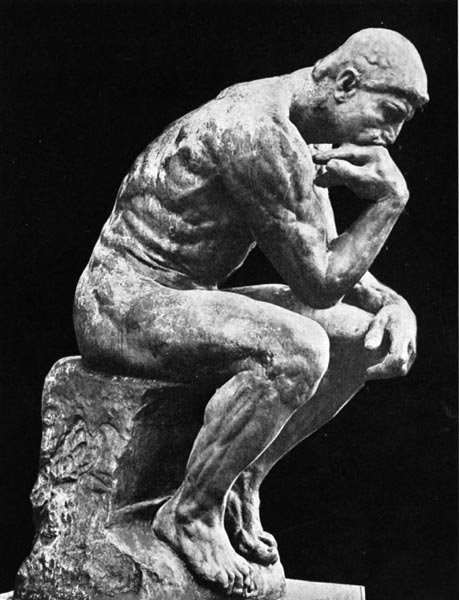Characteristics of mental processes: thinking, memory, attention and imagination. Thinking and Intelligence. /part 6/
Attention is part of the realization of the overall coordination of mental functions in the situational field. It is thought that the focus is on selecting incentives in the field of perception, setting priorities and maintaining one goal at the expense of others, and choosing behavioral responses from among a number of possible answers. Selection becomes necessary because there is competition between alternatives in the perceptive, intelligent processing of information. The focus of attention is the result of mental selection. It is the place in the situation field in which the experience is the most distinct, highly alert and controlled. The focus of attention is single and has a very limited capacity, although subjectively it seems extensive. The direction of attention is a mental vector turned to or coming from the ego. He realizes one of the four functions of attention in the social field. The alert informs the self about the potential or real significance of one or other content in the situation field.
Definition - Attention - is the process and state of targeting and focusing the self of the individual on some or other aspects of the situation field, where a differentiated experience and circumference with a less distinct experience are formed. Thus, aspects of the experience are gaining contours and differentiated significance at the expense of others. Attention is one, although in some cases it serves a variety of poorly understood cognitive functions or consciousness in particular. Attention Functions - a first function - can be termed anti-cognitive / anticipation, anticipation / - the attention makes the cognitive processes that it accompanies "escape" towards the course of what is happening; - second function - index of momentary importance and meaning - the attention is accompanied by the abstract cognitive processes of thinking and imagination; - a third function - is to accelerate and tone the movements of the human body directly - this evolutionary program of attention is intended to provoke rapid activation of the body in situations with obvious or potential danger; - fourth function - leads to focusing efforts on an object to be mastered due to one or another non-biological necessity. The latter function is realized through the cooperative activity of attention and will. Types of Attention - according to their duration and participation of the will in their regulation, we distinguish four types of attention: - involuntary attention - it is often called primary, unlike the attention to abstract stimuli, which is called secondary or derivative attention.
Because it is innate automatism, primary attention acts forcefully, and it does not lend itself to learning, nor does it learn. Sometimes the involuntary attention is provoked by a change in the discontinuation of stimulation. Involuntary attention is essentially directed not to stimulation, but to the study of the significance of change in the current situation; - willful attention - it is a joint action of the mechanisms of attention and will of the subject. The action of willful attention is secondary to involuntary attentions, so Vigotski basically attributes it to the most psychic functions. This kind of attention is provoked by the interests and motivation of the subject and becomes more effective when exercised. Vocal attention is strongly differentiated in its manifestations as opposed to the unintentional. Voluptuous attention may have a shortened cycle when it is regulated by simple will-action actions in isolated situations. It can participate as a mechanism for the realization of complex volitional actions and become an ability to be careful in a situation situation situation. Then the complexity of a skill is inherent to him; - final attention - occurs when the subject develops a strong positive motivation for some kind of activity; - customary attention - an established link between certain external or internal incentives that incurs an unintentional focus on attention. Although two species are rarely different: - incentive-driven attention; - attention, driven by the task.

Nice
very good
You got a 15.96% upvote from @emperorofnaps courtesy of @godflesh!
Want to promote your posts too? Send 0.05+ SBD or STEEM to @emperorofnaps to receive a share of a full upvote every 2.4 hours...Then go relax and take a nap!